If you’re a solar and battery backup enthusiast (like the A&R Solar team), you’ve probably heard the buzz about Vehicle-to-Home (V2H) and Vehicle-to-Grid (V2G) technology. The idea of using your EV as an emergency backup power source—or even selling excess energy back to the grid—sounds like a game-changer. And it absolutely could be. But as with any emerging technology, there are hurdles to clear before it becomes a seamless, everyday reality.
Ford F-150 Lightning: One of the first mainstream EVs to advertise home backup power, but it requires Ford’s Intelligent Backup Power system. This system works with the Ford Charge Station Pro and a Home Integration System that enables bidirectional energy flow. When connected, it can automatically supply power to the home during an outage, leveraging the truck’s large battery as an energy source. However, it requires professional installation and works best when integrated with a solar system and battery storage for maximum efficiency.
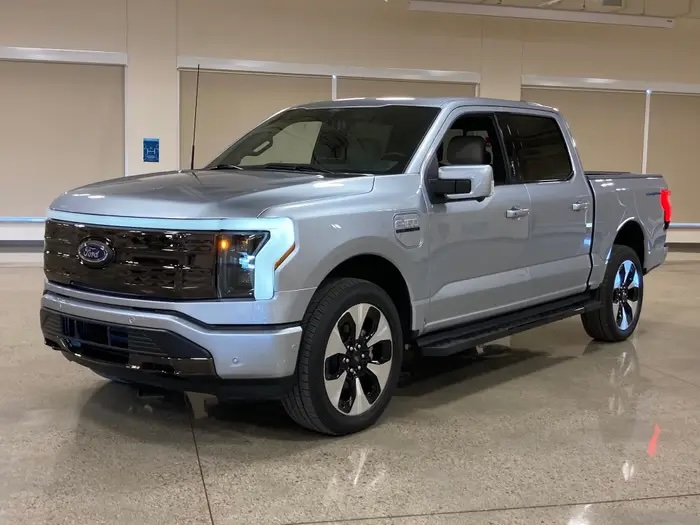
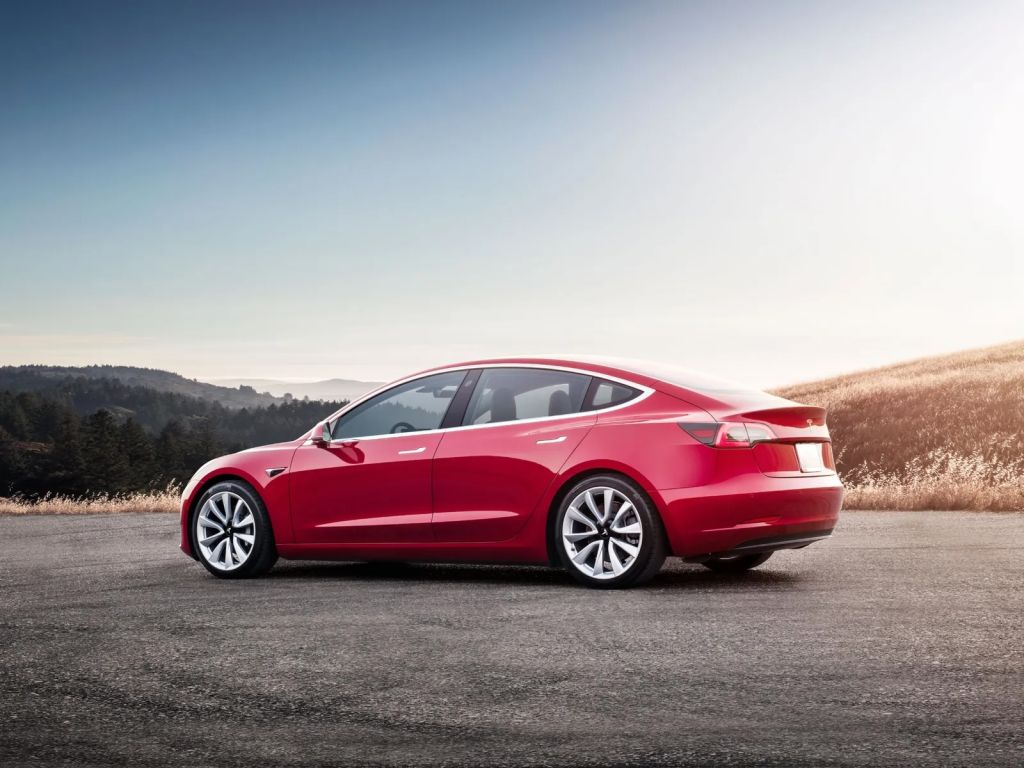
Tesla: Tesla has built a reputation for innovation in the EV market, but historically, its vehicles have lacked bidirectional charging capabilities. The company has focused on developing home energy solutions like the Powerwall, which provides stationary backup power. However, recent reports indicate that upcoming Tesla models may introduce bidirectional charging, potentially enabling V2H and V2G applications. The challenge remains integrating Tesla’s proprietary charging technology with existing home and grid systems, requiring additional hardware and compatibility adjustments.
Hyundai & Kia: Hyundai and Kia have been making strides in bidirectional charging with their latest models, such as the Hyundai Ioniq 5 and Kia EV6. These vehicles support Vehicle-to-Load (V2L) capabilities, allowing them to power small appliances directly from the battery. However, true V2H and V2G capabilities are still in development, requiring specialized charging equipment and utility cooperation. As more models roll out, these automakers are expected to expand their bidirectional offerings.
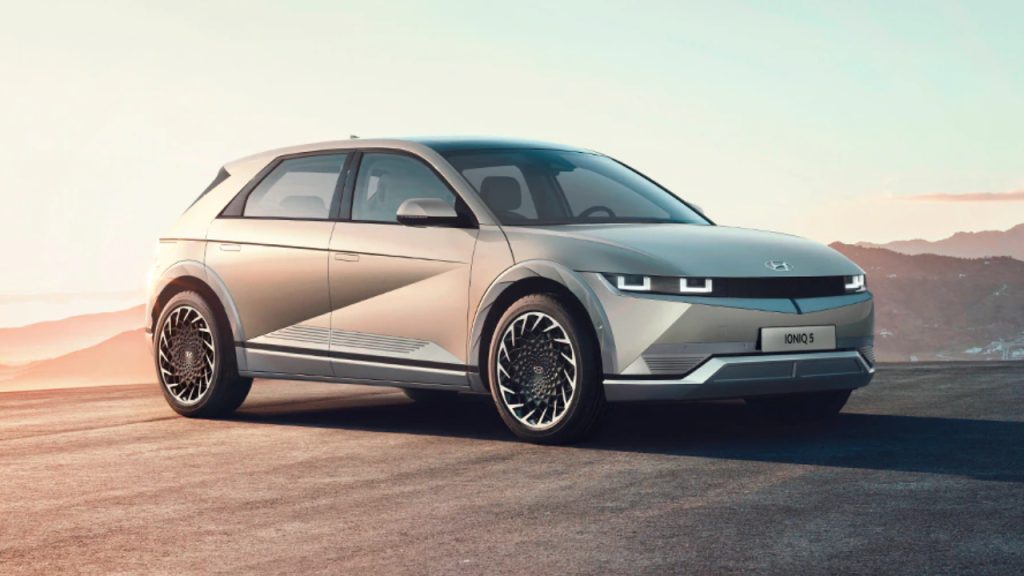
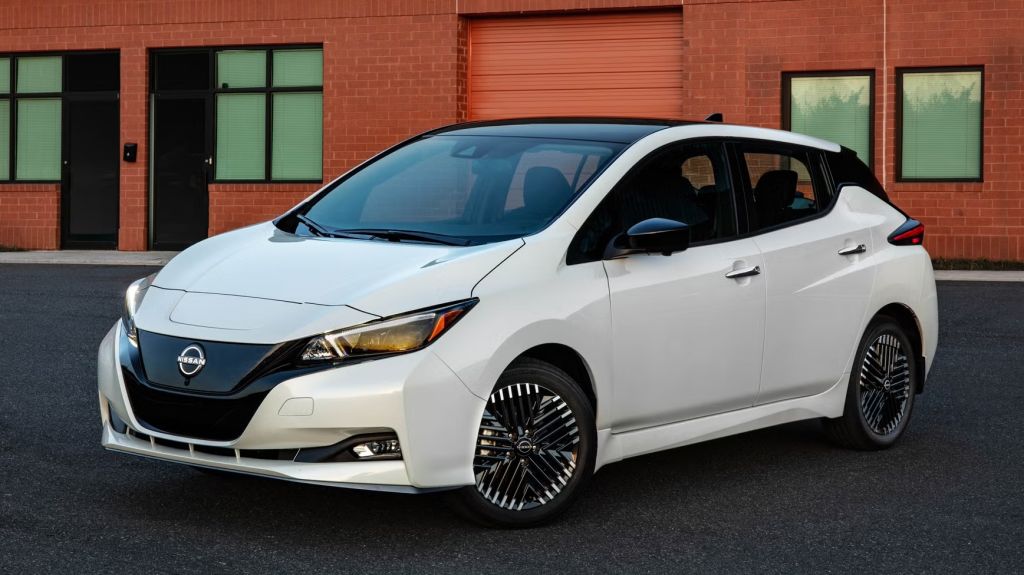
Nisan Leaf: The Nissan Leaf was one of the first EVs to support V2G technology, with pilot programs in various locations testing its ability to send power back to the grid. However, widespread adoption has been slow due to regulatory and infrastructure challenges. While some regions, particularly in Europe, have seen more progress, the U.S. market is still catching up. The Leaf remains one of the more promising options for V2G enthusiasts, but compatibility with home backup systems varies.
General Motors: GM has announced plans to integrate bidirectional charging capabilities into its future Ultium-based EVs. The Chevrolet Silverado EV and other upcoming models will feature GM Energy’s Vehicle-to-Home (V2H) technology, which is expected to roll out in 2024. GM is also working on Vehicle-to-Grid (V2G) applications, partnering with utilities to explore how EVs can contribute to grid resilience. However, as with other manufacturers, the technology will require compatible charging hardware and home integration solutions that are still in development.
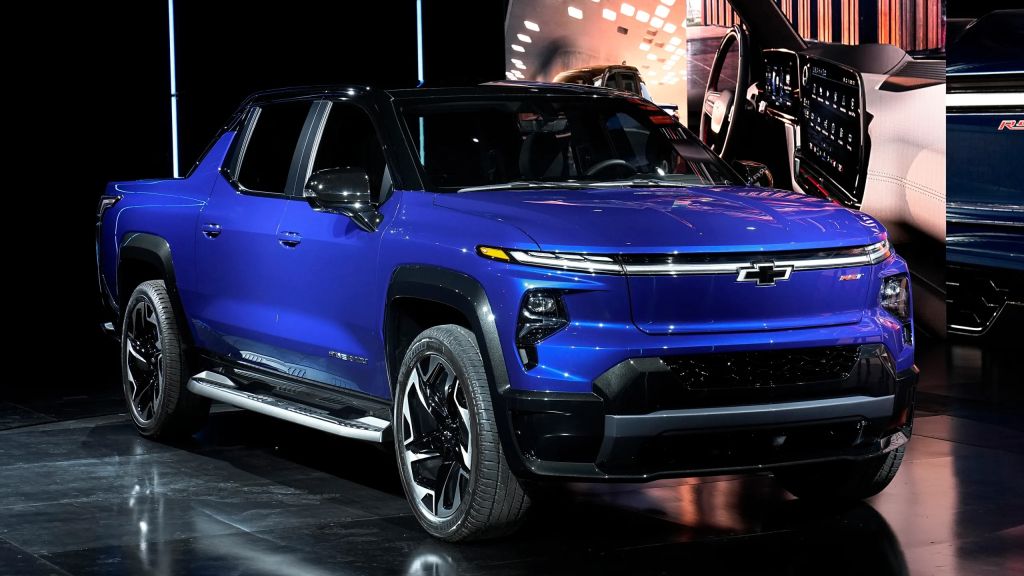
In short: If you want V2H today, your EV choice is extremely limited, and the infrastructure required is not yet universal.
